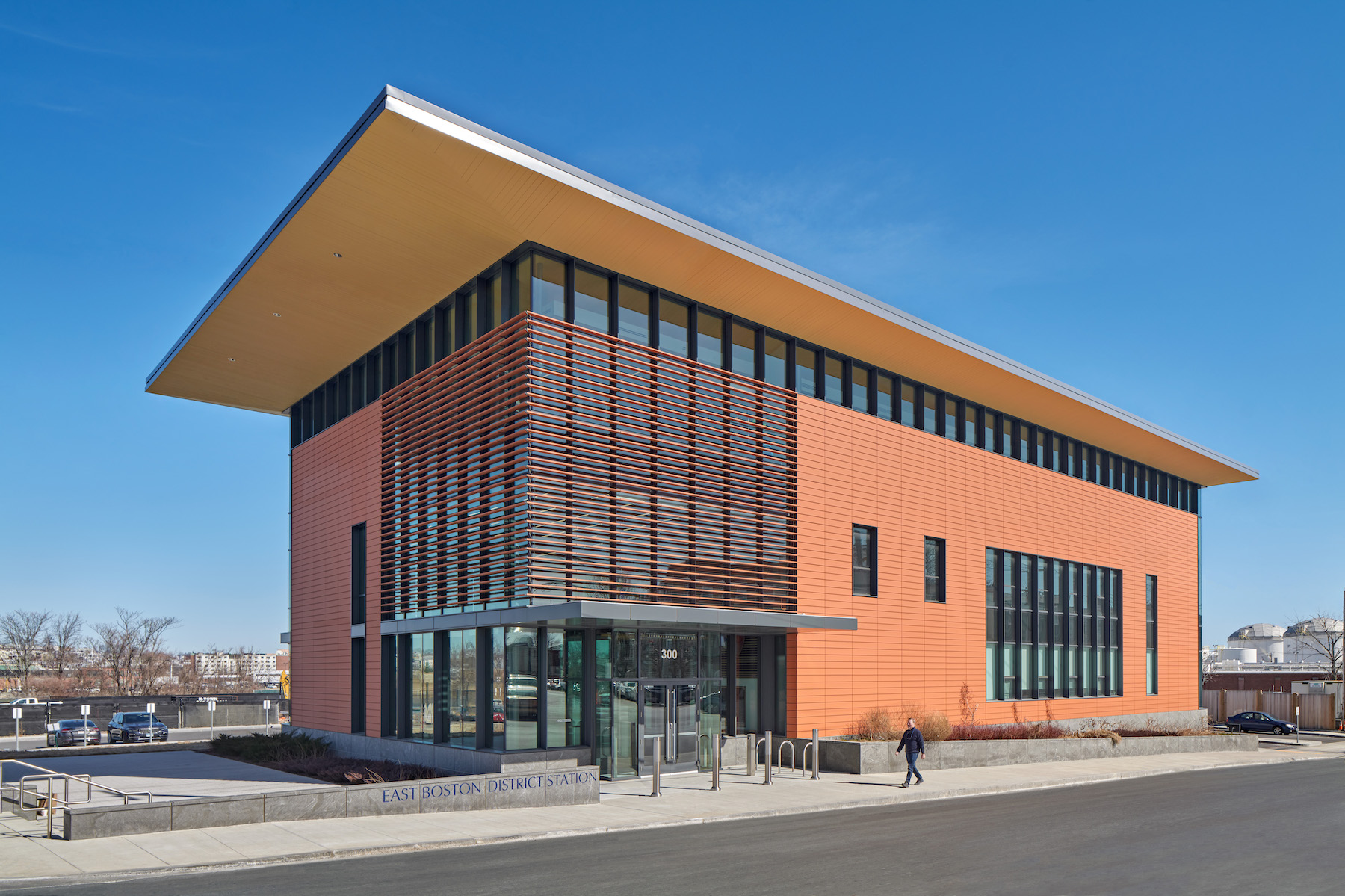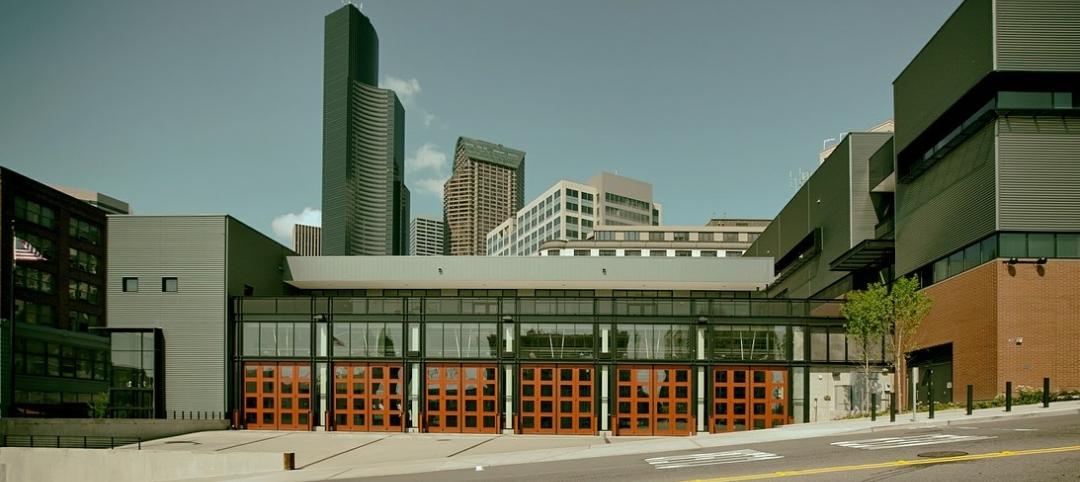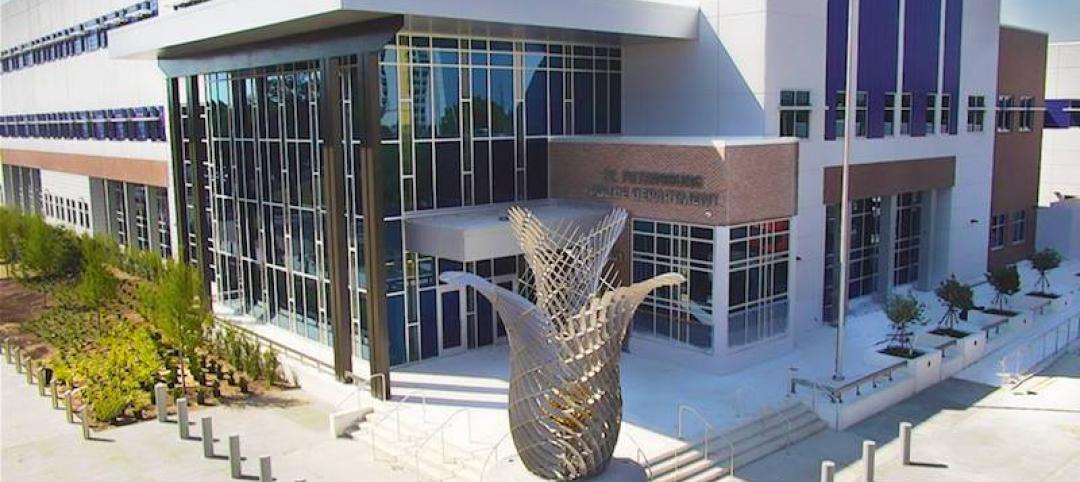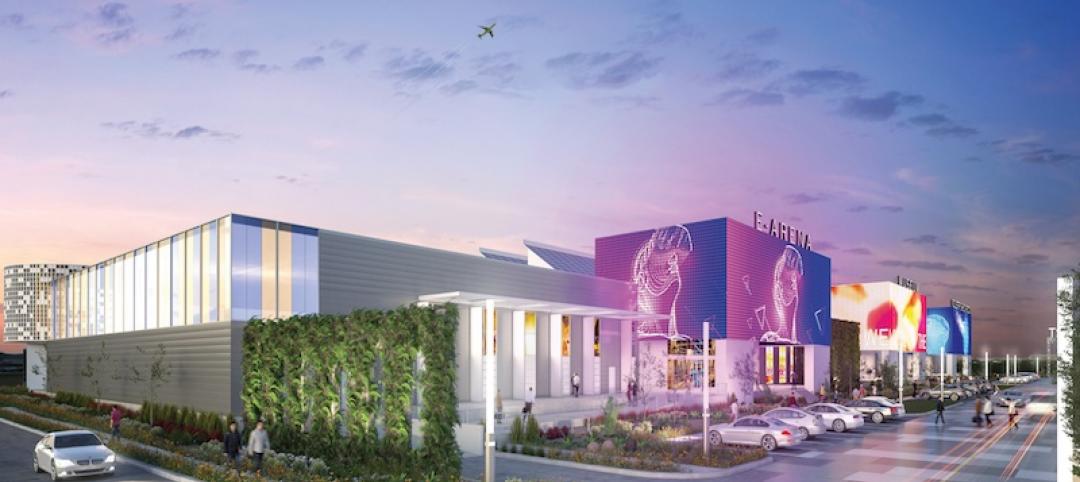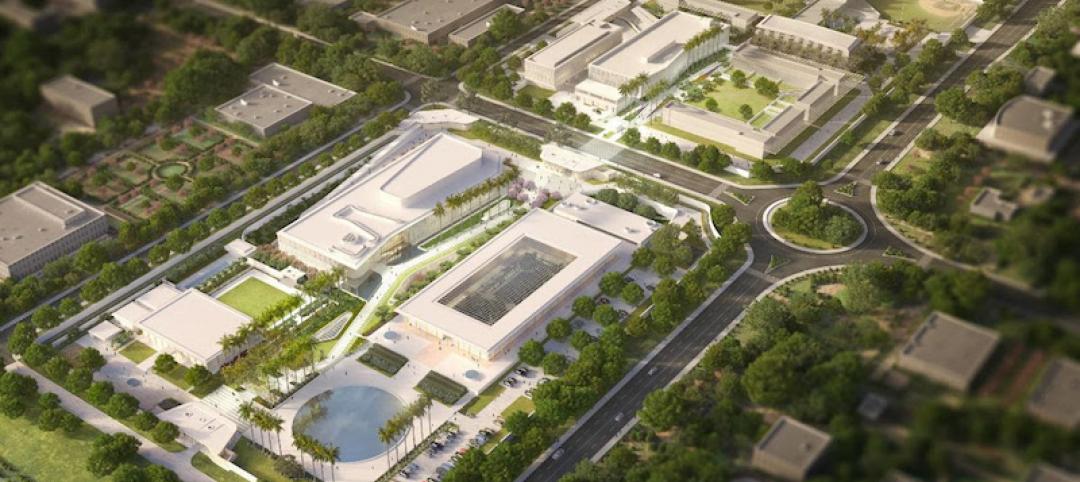A 2022 Gallup poll found that only 45 percent of surveyed American adults was confident in the police as an institution, down five percentage points from the previous year. That level of confidence dropped to 30 percent among non-white Americans polled.
Mistrust of the cops, exacerbated by high-profile incidents of law enforcement turned abusive and deadly, is not a problem with one answer, nor can appearance be a substitute for real reform. But can a building for whose design a community weighs in be part of the solution?
When the new Area 7 police station opened in East Boston, Mass., last January 1, it represented Beantown’s first new station in more than a decade, and as importantly a symbol of that city’s efforts to improve the relationship between its police force and the public at a time when community relations—in Boston as across the country—have been fraught with enmity.
Leers Weinzapfel Associates (LWA) designed the $25 million 27,500-sf East Boston District Station in collaboration with the City of Boston Public Facilities Department. The design followed several public meetings to hear the community’s opinions about the project, public safety, traffic, and accessibility, according to the boston.gov website, which reported the total cost for this project at $29.9 million.
“An investment in our municipal buildings is an investment in our City workers and our residents. This new state-of-the-art station provides the working environment our officers deserve and creates a more accessible experience for the local community,” said Boston’s Mayor Michelle Wu when the station opened.
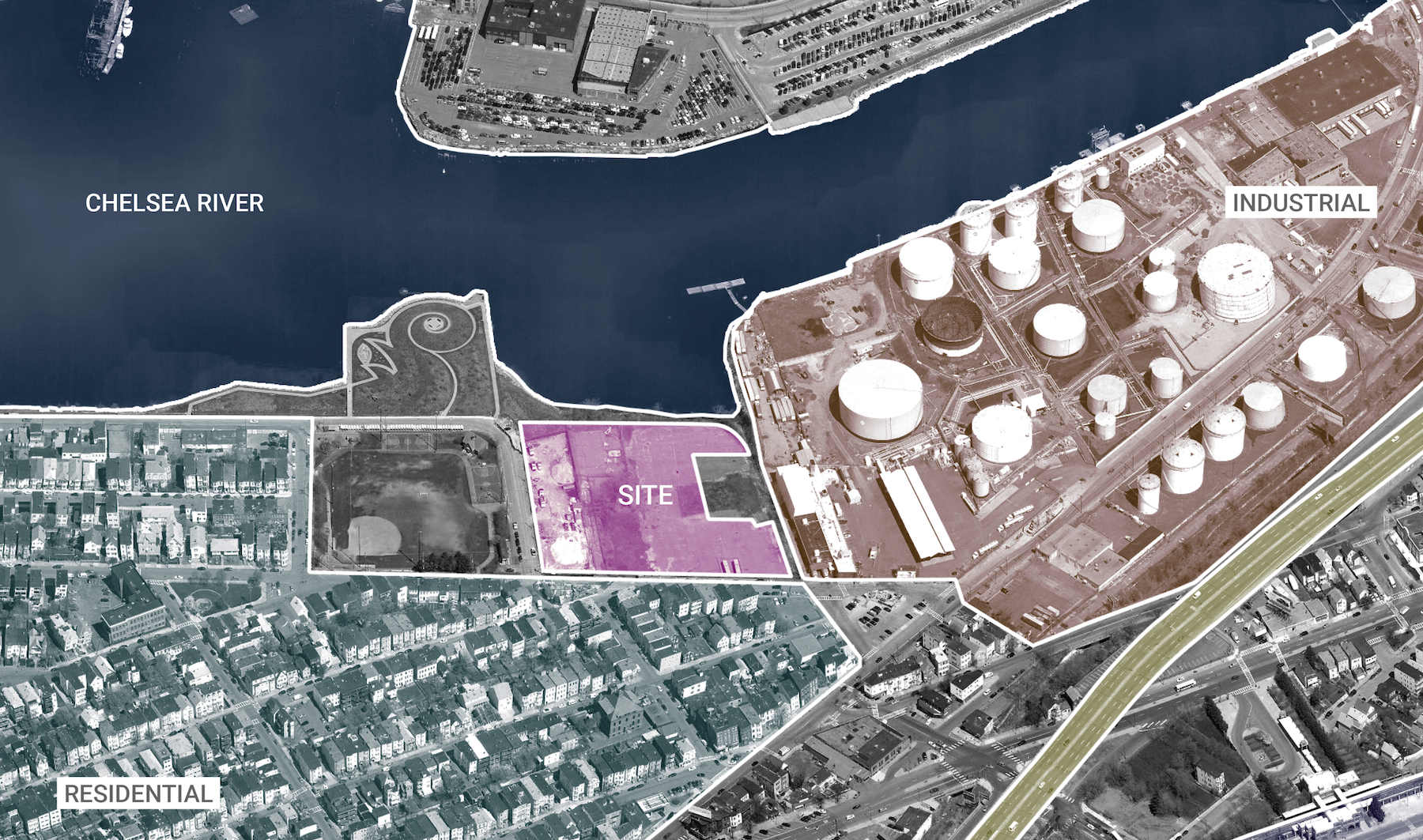
A less threatening and efficient environment
The new station was moved from the old station's location to enhance community access, improve dispatch response times by being closer to main transport arteries, and to serve as a sustainable, resilient facility (it’s certified LEED Silver) along the Chelsea River, where the building is positioned as a kind of “mediator” between this urban neighborhood’s industrial, commercial, and residential landscapes.
According to LWA, the station’s granite and terracotta structure responds to the scale of surrounding residential and public buildings. A corner of the station features a glass entry, lobby, and community room that coalesce to form a sun-filled public zone. Within the building, occupied spaces maximize daylight and views. Front supervisory desks have views of public areas and connections to police operations and detention zones. (The main building houses police operations, detective offices, a guard room, and lockers. Secure detention areas are in the rear of the building.)
“We saw this project as an opportunity to architecturally address the hot-button issue of community policing elevating the spaces, and therefore the experiences, where the police and those they serve come together,” said Josiah Stevenson, LWA’s Principal-in-Charge, in a prepared statement.
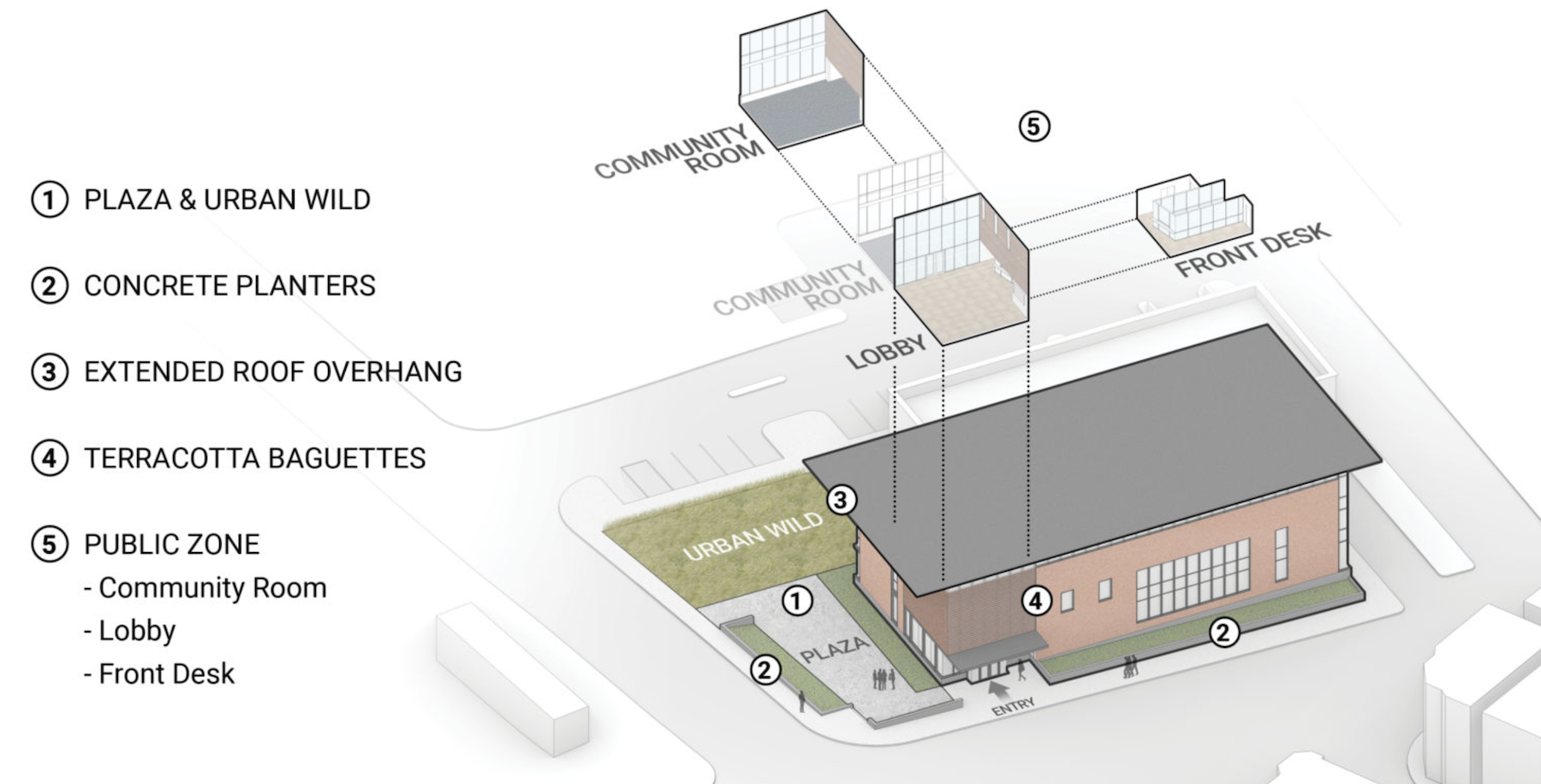

Stevenson elaborated that the Building Team—which included the structural engineering firm LeMessurier and general contractor J&J Contractors—created a double-height interior and used “warm” materials. The station’s site makes the most of views of the nearby creek and public plaza. A series of glass sculptures, dubbed “Unus Mundus” (”One World”) by its artist Monika Bravo, further accentuates a welcoming environment.
The new facility includes stormwater management and energy efficient systems.
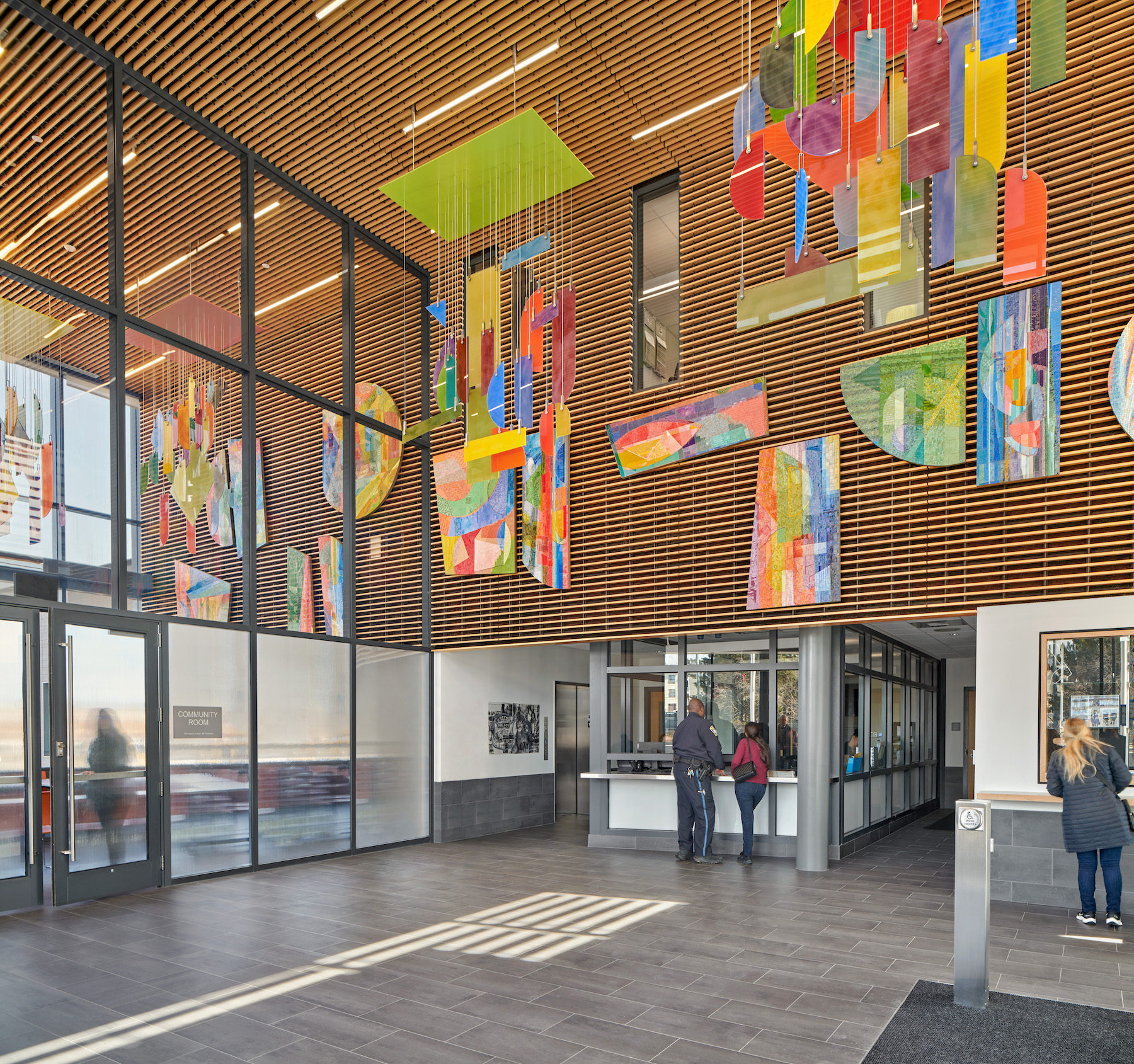
Right after the police station opened, Mayor Wu announced the allocation of $25 million for a new community center in Boston’s North End neighborhood. Last year, Wu announced a $2 billion plan to make the city’s public schools greener through new construction and renovation.
Related Stories
Healthcare Facilities | Aug 13, 2020
New VA care center showcases the agency’s P3 approach to financing healthcare facilities
Clinic programming enhances patient privacy.
Sustainability | Aug 11, 2020
Sustainability is key for Denver Water’s modernized campus and distribution system
The utility is showcasing a new admin building and a water reuse plan that’s a first for the state.
Cultural Facilities | Jun 19, 2020
A new ULI report chronicles the depaving of America
Fifteen examples of how parks and green spaces emerged from parking lots, garages, and underpasses.
Green | Mar 9, 2020
BuroHappold commits to all new building projects achieving net-zero carbon by 2030
The engineering firm also launched a long-term partnership with ILFI.
Giants 400 | Jan 23, 2020
Government Buildings Sector Giants Report for 2019 [Updated]
AECOM, HOK, Jacobs, and Turner Construction top the rankings of the nation's largest government buildings sector architecture, engineering, and construction firms, as reported in Building Design+Construction's 2019 Giants 300 Report.
Government Buildings | Nov 13, 2019
The Washington Monument reopens with a new visitor center
This is one of several landmark restoration projects underway in the nation’s capital.
Government Buildings | Apr 17, 2019
St. Petersburg’s police headquarters is a transparent yet secure government facility
Harvard Jolly designed the building.
Industrial Facilities | Mar 10, 2019
The burgeoning Port San Antonio lays out growth plans
Expansions would accommodate cybersecurity, aerospace, and defense tenants, and help commercialize technologies.
Government Buildings | Feb 27, 2019
Design unveiled for U.S. embassy in New Delhi
Weiss/Manfredi is designing the project.
Government Buildings | Oct 5, 2018
Six-story courthouse under construction in Nashville
Fentress Architects, Michael Graves Architecture & Design, and Hensel Phelps Construction Company are collaborating on designing and building the facility.


